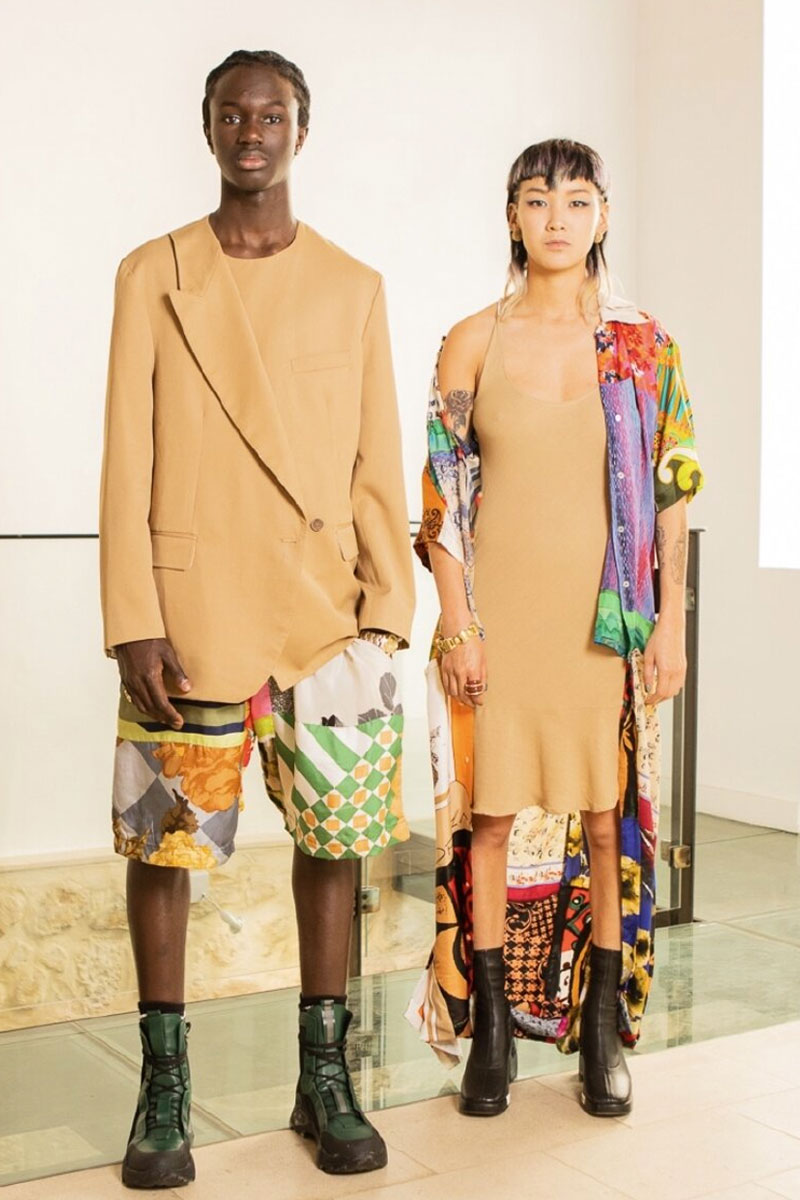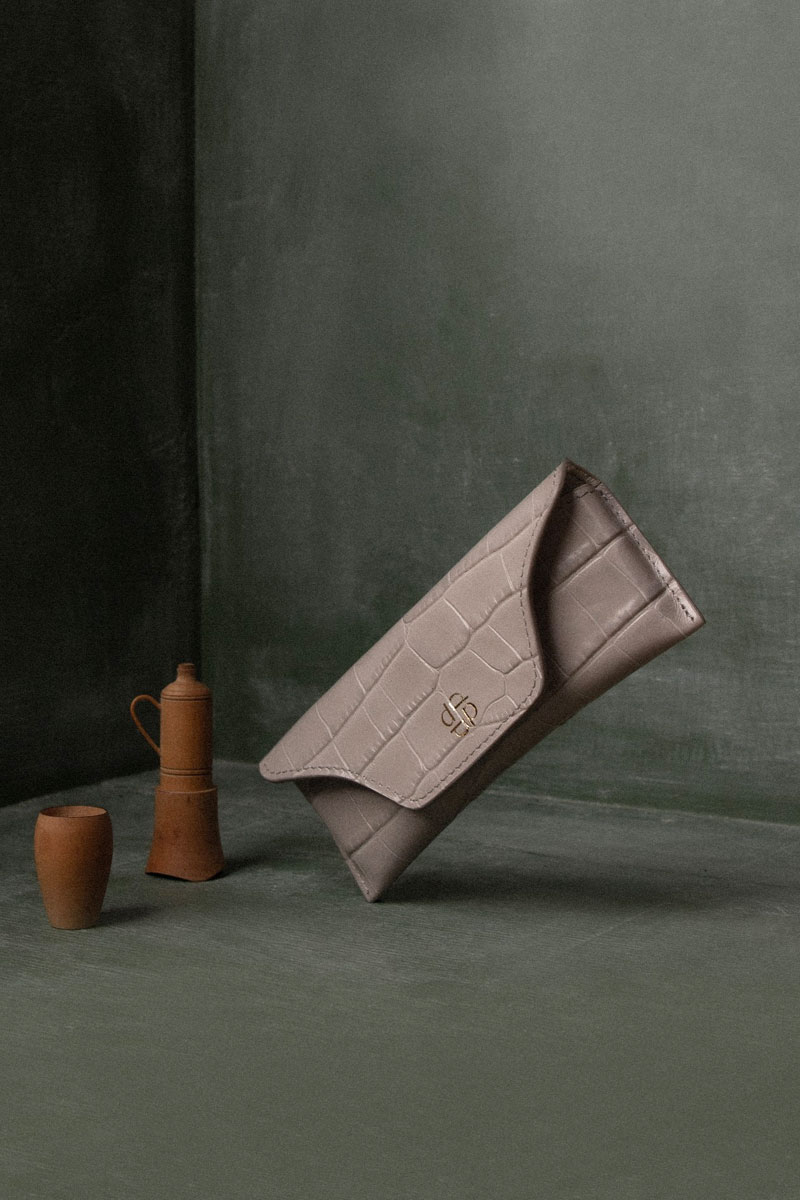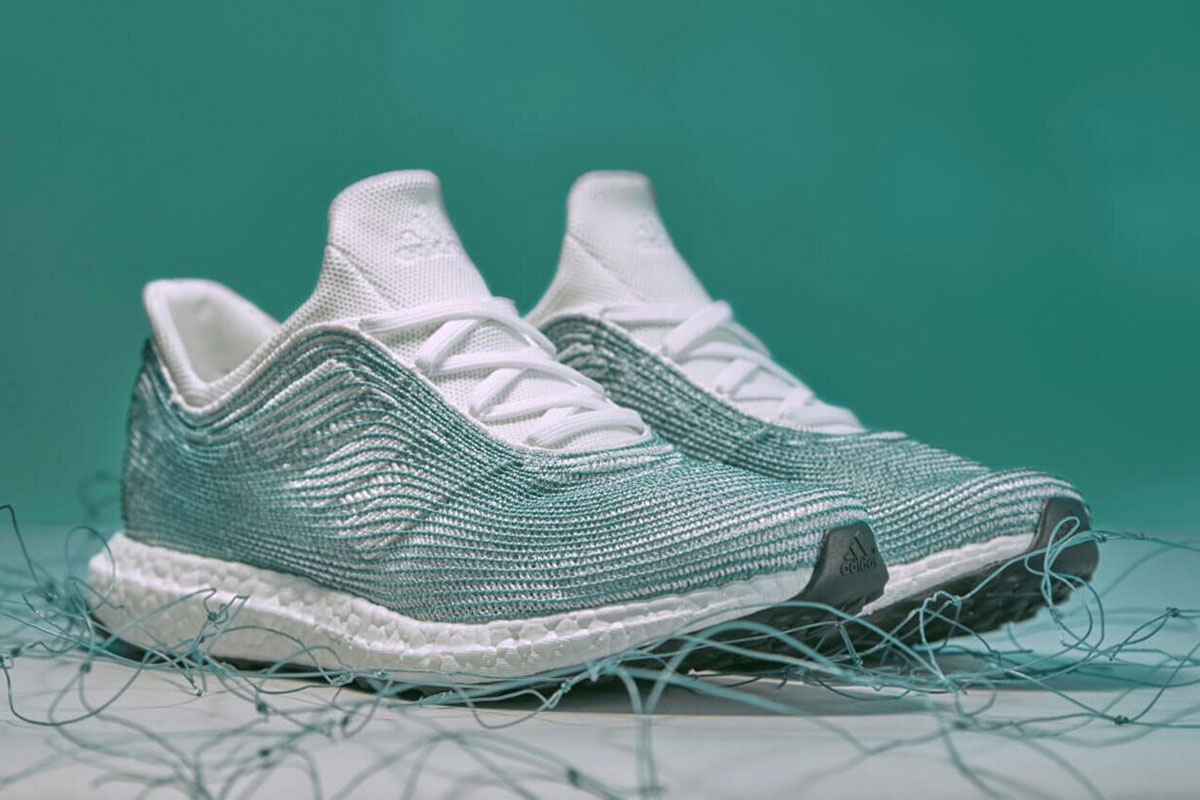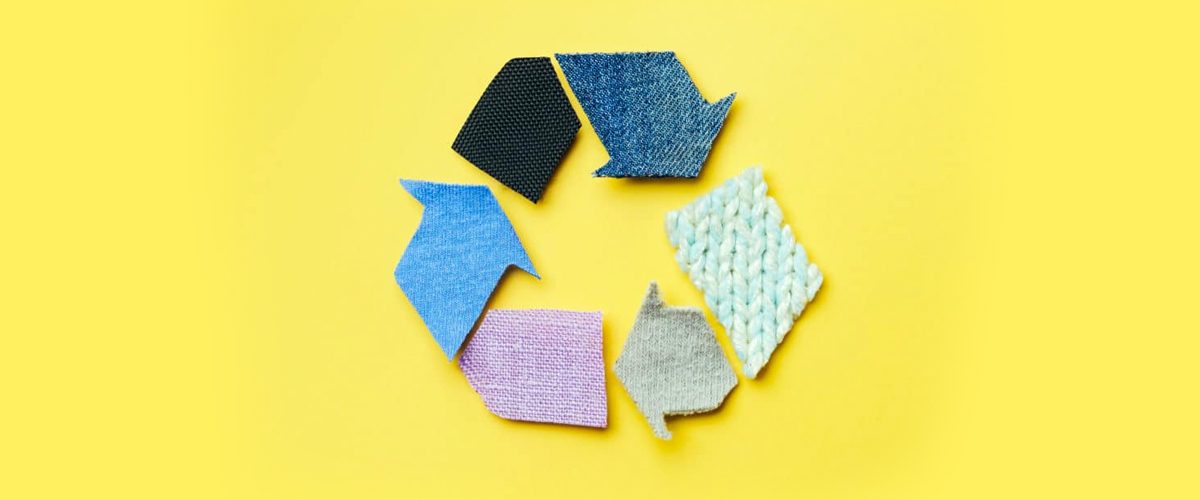This is the third article in our “Reduce, Reuse, Recycle” series that investigates sustainable fashion practices and the fast fashion epidemic. The first article looked at how we can help to reduce fashion waste. The second article explores five ways we can reuse clothing and protect our favourite garments. In this article, we explore how innovative, forward-thinking designers and brands are creating new garments from recycled clothing.
An estimated 92 million tonnes of textile waste is created globally each year, which is predicted to rise to 134 million tonnes by 2030. Unfortunately, the current fast fashion model of manufacturing has created a system of supply and demand that does not require circular practices or investment in proper recycling processes. In an attempt to combat the growing textile waste crisis, eco-aware designers and brands are looking at zero-waste fashion alternatives — like recycled textiles and ocean debris — to create the hottest trend in sustainable fashion: recycled clothing.
What is Recycled Clothing?
The three main types of recycled clothing are:
Pre-consumer: New garments made from leftover fabrics.
Post-consumer: Creating new textiles from pre-garments that have been thrown away.
Trashion: Creatively upcycling discarded waste into fashion.
Let’s take a deeper dive into how brands are applying these theories to their manufacturing processes.
Pre-Consumer: Repurposed Fabrics

Repurposing unused fabrics is a popular choice for eco-conscious designers. It is a sustainable way to extend the life of fabrics that might otherwise end up in a landfill. Textile mills and garments factories typically have vast amounts of leftover fabric, known as dead stock.
This method of recycled clothing has been embraced by designer Riad Trabelsi for his label BassCoutur. Trabelsi has created a luxury label that makes covetable clothing from materials that have been cast aside and forgotten. Dead stock and fabric scraps that were intended for furnishings or linings have been given a second chance.
“My message has always been to have fun with recycling and stop overconsuming and devastating the planet,” Trabelsi told Vogue. “We’re all about telling a story that’s real.”
Post-Consumer: Returned Garments

Some brands have implemented recycling initiatives at their stores. This form of recycling aims to close the loop in the fashion system. From footwear to functional outerwear, you can return used garments back to the place you bought them from. High street brands including H&M and Patagonia accept used clothing to recycle the fabric and extend its life in some form. Another iconic adventure wear brand from New Zealand, Edmund Hillary, has also embraced the use of recycled materials and created a Recycled Tee and High Performace Recycled Shell Jacket.
Luxury accessories brand Deadly Ponies launched its inaugural Recycle collection in June 2020. The brand collected pre-loved pieces from customers and repurposed and recycled them into new pieces. The collection is handcrafted from 100% recycled materials including leather, silk and solid brass.
“We wish to tread lightly on our planet, crafting our pieces for longevity — surpassing seasonal trends,” says the website. “Looking at our production and design through a considered lens, we aim to be the world’s best boutique handbag manufacturer, leaving the planet in a better place than we found it.”
Trashion

The phrase “trashion” was first coined in New Zealand in 2004 and was used to raise awareness about the pollution caused by fashion waste. The phrase was used initially to describe art-couture costumes. With the rise in sustainable fashion, trashion can now be used to describe “any wearable item or accessory that is constructed using all or part of the recycled materials.”
Using the trashion philosophy, brands are recycling trash and producing high-quality products from recycled textiles. Swedish-based Renewcell is a new process that recycles old garments that are made from cellulose (plant-based) fibres, such as cotton. Econyl is a 100% regenerated nylon yarn which comes from pre and post-consumer nylon waste like fishing nets and fluff from old carpets. Repreve transforms recycled bottles into a fibre used by the world’s leading brands like Kathamndu to make athletic and fashion apparel.
Sportswear giant Adidas first partnered with Parley for the Ocean in 2015. They created a sneaker using yarn made from recycled ocean plastic and illegal deep-sea gill nets. These nets are reworked to become high-performance polyester yarn called Parley Ocean Plastic. They officially launched products to the public in 2016. In 2020, Adidas made more than 20 million pairs of sneakers made with Parley Ocean Plastic. This is a major increase from 11 million pairs in 2019 and five million pairs in 2018. Adidas aren’t the only big brand name to utilise recycled ocean plastic in their line. Calvin Klein’s sustainability initiative, CK One Recycled, uses a blended recycled polyester made from recycled ocean plastic.
The Future of Recycled Clothing
Recycled fashion garments play a part in the solution to fashion’s pollution problem. But ultimately, we need to be reducing the amount of clothing we buy. And improve the quality of the garments produced so that they last longer. Show your support to the brands that are embracing technology and creating new garments from trash with your purchase power.
Stay with The Last Fashion Bible for more special features about inspiring sustainable fashion practices.







